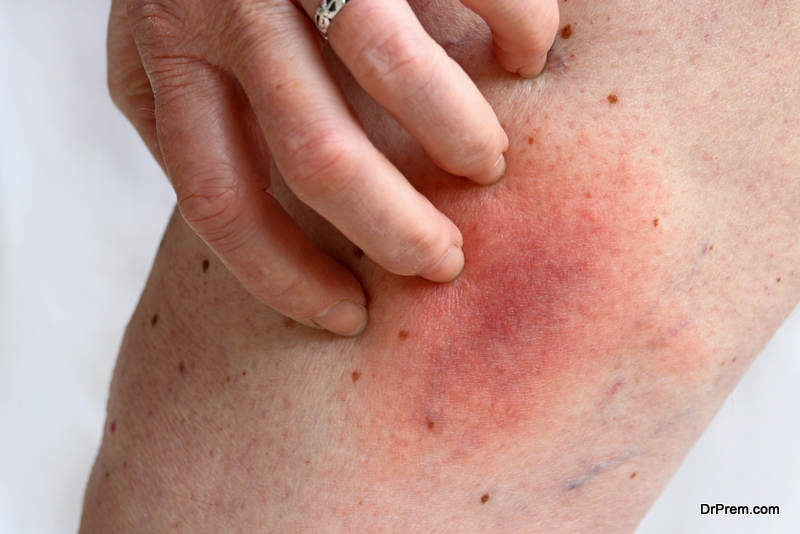Acne: Diagnosis
Top Diagnosis
1. Insulin test
Insulin is a master hormone controlling all other hormones. It affects the growth hormones and androgen levels which lead to acne formation. Food has a direct link to insulin levels and this is why diet and insulin levels are also checked.
2. Food and environmental antibody assessment
Diet and lifestyle is very important for a healthy skin. Food intolerance or allergy to various foods like milk, certain fruits and vegetables, meats, nuts and seeds is analyzed to narrow down causes like foods that maybe unsuitable, causing acne and other skin disorders. Allergies to certain medications, cosmetics, environmental and occupational factors are also taken into consideration.
3. Comprehensive digestive stool analysis
This is a test for non-invasive evaluation of gastro intestinal function which checks digestion, absorption, bacterial balance, yeast and parasites. Indigestion indicates the non-absorption of valuable nutrients like vitamins and minerals along with fatty acids. Fatty acids also help in reducing inflammation. Without absorption of valuable nutrients in food, the body gets prone to immune system dysfunction, which brings forth skin eruptions like acne and eczema.
4. Adrenocortex stress profile
Stress causes an inflammatory response in the body. Stress stimulates the adrenal gland. This causes excessive androgens or male hormones to be produced. A higher androgen level triggers acne. The Adrenocortex Stress Profile gives detailed information about an individual’s response to stress. Cortisol and DHEA levels are also measured. Imbalance in cortisol and DHEA is believed to trigger menstrual disorders, cardiovascular diseases and obesity. All these disorders can throw up skin eruptions like acne.
5. Comprehensive thyroid assessment
This serum laboratory test helps in pinpointing thyroid hormone secretion. Imbalance in thyroid function leads to a number of chronic diseases. The central thyroid regulation and activity, peripheral thyroid function and thyroid auto immunity is analyzed to get a clear picture.
6. Estrogen metabolism assessment
Estrogen is another important factor that helps in monitoring diet, lifestyle and hormonal imbalances. The level of estrogen increases or decreases according to the changes in the menstrual cycle in women. This creates various hormonal imbalances at the onset of menstruation or menopause, causing skin eruptions and other more serious diseases. Low levels of estrogen cause more acne. This is another laboratory procedure to evaluate how the estrogen is being processed in the body.
7. Hormonal health assessment
The increased production of the male hormone androgen makes the sebaceous glands overactive. So, more sebum is produced. Sebum, an oily secretion from the skin, fosters bacterial growth resulting in acne and infection. Elevated testosterone level is also evaluated. Since hormonal changes occur during puberty, acne occurs most commonly in youngsters. The test provides an overview of the hormonal balance in the reproductive hormones of both men and women. One or two visits to the diagnostic clinic takes care of the treatment.
8. Bacteria culture
Propionibacterium, a type of bacteria, produces enzymes that cause redness and inflammation. The pus and the area around the comedones is swabbed and a culture of gram negative bacteria is done to identify the presence of bacteria. This is a laboratory procedure and may require just one visit.
9. Physical examination
Non inflammatory acne appears as whiteheads (closed comedones) and blackheads (open comedones). The microcomedones develop into papules, pustules, nodules or cysts. Both of the types develop in areas of dense sebaceous glands. The physician checks the skin for redness, tenderness, pus, swelling and rupture. Questions about age, menstrual cycle and medical history go with this physical examination and might require one or two visits to the dermatologist.


